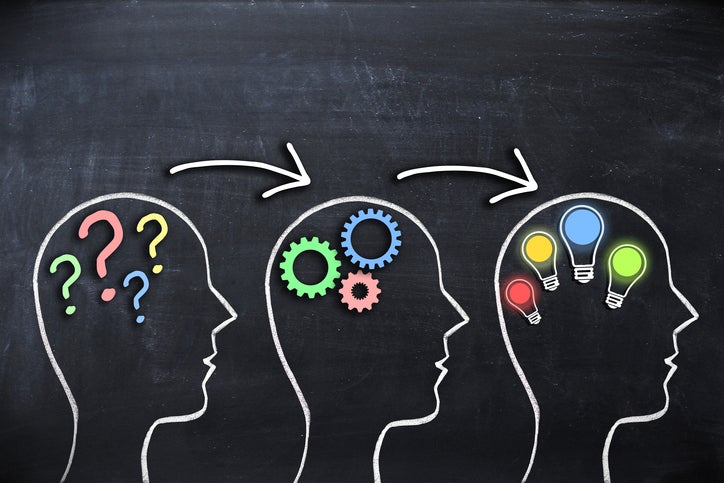Innovation is one of those words we hear everyday. And while we tend to associate it with the world of tech, startups and Silicon Valley’s companies, it is by no means a concept that belongs only in that field. Nor do all the new transformations that have an impact in people’s lives involve technology. In education, for instance, a wide range of innovative projects have emerged to accelerate the closing of learning and skills gap among children and youth in Latin America and the Caribbean. Yet, what really defines the most innovative and successful projects?
From my experience, projects that succeed at innovating in education share three characteristics:
- They place the student at the center of the entire project
Highly successful programs focus on the enormous potential than students have to help each other, develop their own opinions, establish dialogues, identify problems and generate solutions. As they become the center of the entire model, children and youth are able to take control of their own learning process and connect it directly to their potential to generate change for themselves and their communities. Successful projects do not spend time trying to have students memorize information but instead seek to equip them with two essential tools: a passion for learning and the means to do so. They are constantly looking for new avenues to teach children and youth how to “learn to learn”. In the classroom setting, this often means solving problems collectively, through discussions that consider diverse approaches, rather than simply giving answers when students struggle. This logic has been followed by pioneers such as Maria Montessori, whom in 1907 opened her first school in Rome, and continues to be the rationale behind Finnish schools and math learning methods in Singapore.
- They emphasize the development of “soft” or non-cognitive skills
Young people’s success in society and the job market depends not only on having the required know-how, but also on meeting certain personality traits that allow them connect, persuade, communicate, and work effectively with others. A recent study on the barriers to access to the most prestigious jobs defined the most talented applicants as possessing values such as motivation, drive, resilience, adaptability, confidence and communication skills. That explains why soft skills are crucial to determine employability and future income. Conversely, lacking these skills might limit a young person’s performance in the long term. In fact, evidence shows that personality or character traits such as grit, passion, drive and prudence are associated with both professional and personal development, as well as better academic performance in the short term.
- They address the challenge of inequality
In the case of Latin America and the Caribbean, inequality is not only a matter of income distribution; it is also about how the difference in opportunities defines the experience of generations of children and youth that see their chances of social mobility limited. In this context, innovative models that gather together youth from a range of socioeconomic backgrounds to strengthen their civic values, collaboration and communication skills, and their self-esteem are, essentially, maximizing students’ potential to improve communities.
Many of the students who need the most support live in socially complex, even traumatic, settings. However, the good news is that people can change and resilience, grit, and determination can be learned. Programs that help students deal with realities that involve poverty and chronic stress are equipping them with tools to overcome their own limitations. It is precisely in this process that teachers, mentors, facilitators and other figures can play a key role in supporting students.
The IDB supports innovation in education as a way to provide more and better learning opportunities for children and youth in the region. A key example of this is SUMMA, the first innovation lab in Latin America and the Caribbean that seeks to contribute to improving quality, equity, and inclusion in our education systems.
Do you any know innovative education projects? Join the conversation through @BIDEducacion.



Leave a Reply